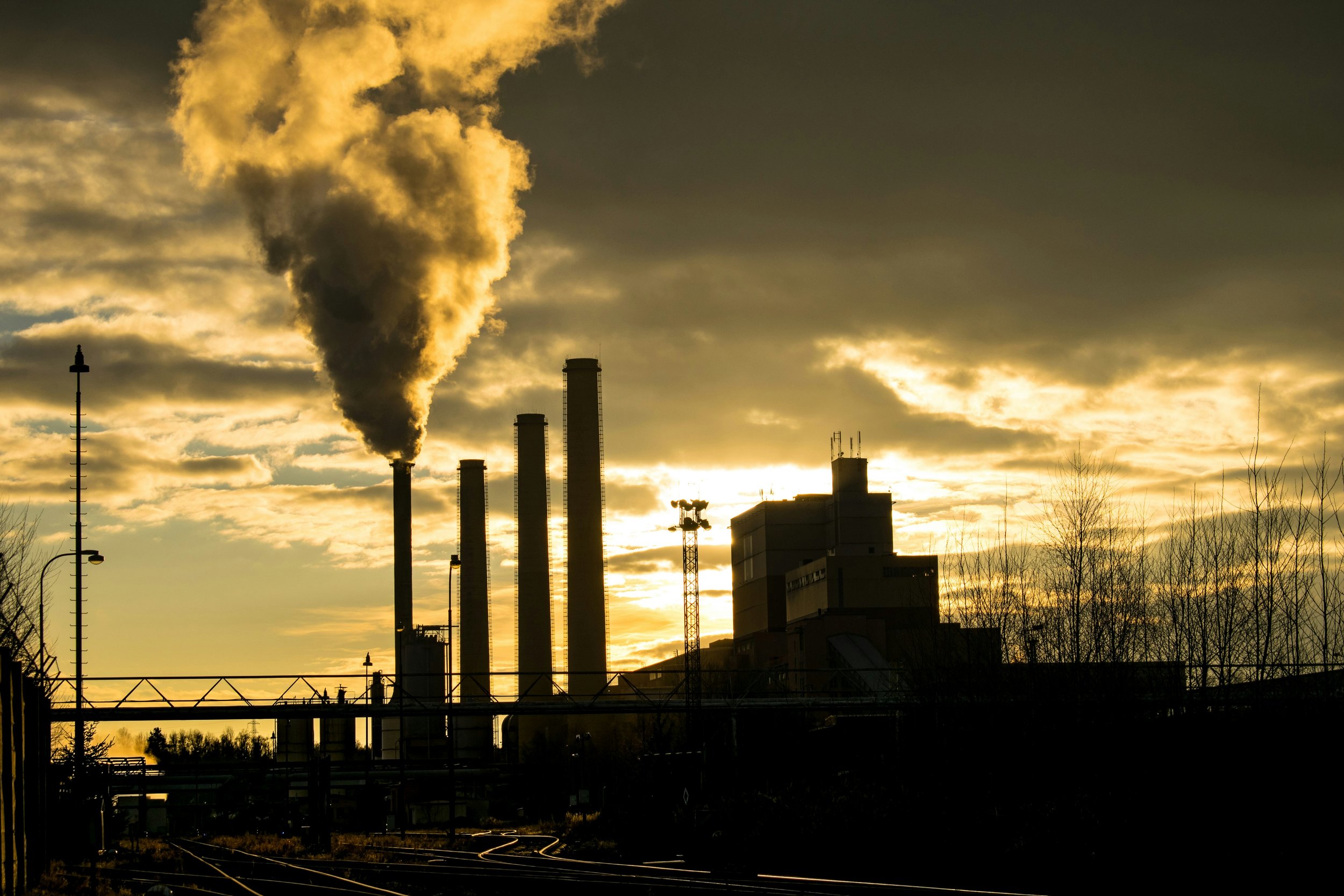What the Industrial Revolution Can Teach Today’s Children About Respecting the Landscape.
Michal Pech, Unsplash.
The Industrial Revolution is often remembered for its incredible breakthroughs in steam engines, factories, railways, and mass production. It laid the foundation for the modern world, sparking innovation and economic growth that continues to shape our lives today. But behind the gleam of progress lies a darker truth: the Industrial Revolution was also the beginning of large-scale environmental destruction. So, has the Industrial Revolution taught today’s children anything about respecting the landscape? The answer is complex, but there's reason for both concern and hope.
Looking Back: A Landscape Transformed:
During the 18th and 19th centuries, industrialisation swept through Britain and beyond. Forests were felled to fuel furnaces, rivers became dumping grounds for factory waste, and skies darkened with coal smoke. Cities grew fast, but often at the cost of public health, clean air, and natural beauty. These historical truths are now part of what children learn in school. Many curricula do not just focus on the technology or economics of the era, they also teach about the environmental costs. Students learn about the smog-filled streets of industrial London, the poisoned River Thames, and the grim living conditions in factory towns. This context helps young minds make the link between human activity and environmental impact.
The Modern Disconnect from Nature:
Despite this education, many children today are growing up surprisingly disconnected from nature. With busy schedules, screen-heavy lifestyles, and more people living in cities than ever before, there is much less time spent outdoors. For some children, ‘nature’ might be more of a concept than a lived experience. Without that personal connection, it can be harder to truly respect or protect the landscape.
The Legacy of Industry Lives On:
Even today, the aftershocks of the Industrial Revolution are felt all over the planet. Climate change, deforestation, plastic pollution, and air contamination are the direct descendants of the unchecked development that began in the 1700s. Unlike people living through the early industrial age however, we have science, history, and hindsight on our side. We can see the damage that has been done and we have the tools and knowledge to make different choices.
A Generation Ready for Change:
Youth-led environmental movements like Fridays for Future, fronted by Greta Thunberg, are proof that children and teens around the world are tuned in, fired up, and ready to act. From planting trees and organising beach clean-ups to speaking out against climate inaction, young people are stepping up in a big way. Schools are also helping, too. With more emphasis on climate education, sustainability, and ecological literacy, children are being equipped with the knowledge to challenge old systems and build greener ones. Whether through science classes, documentaries, or even eco-clubs, the message is getting through - the planet matters!
Making the Past Matter:
So, does the Industrial Revolution teach today’s children about respecting the landscape? Yes, but only if we make the past matter. History is not just about dates and inventions. It is about choices, consequences, and lessons. When children learn about the environmental cost of industrialisation, they gain a deeper appreciation for clean air, green spaces, and living ecosystems. The Industrial Revolution changed the world, but it also damaged it. Today, we stand at a crossroads. With history as our teacher, we can guide the next generation toward a more sustainable future.
